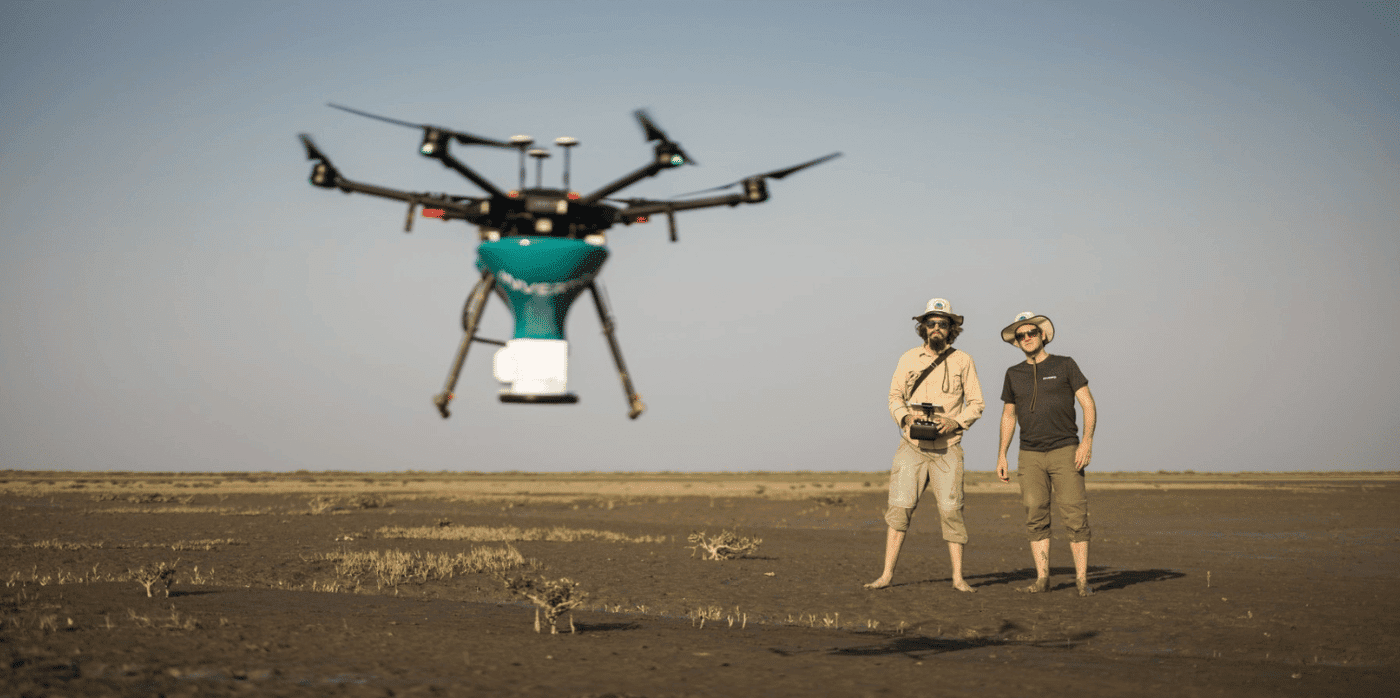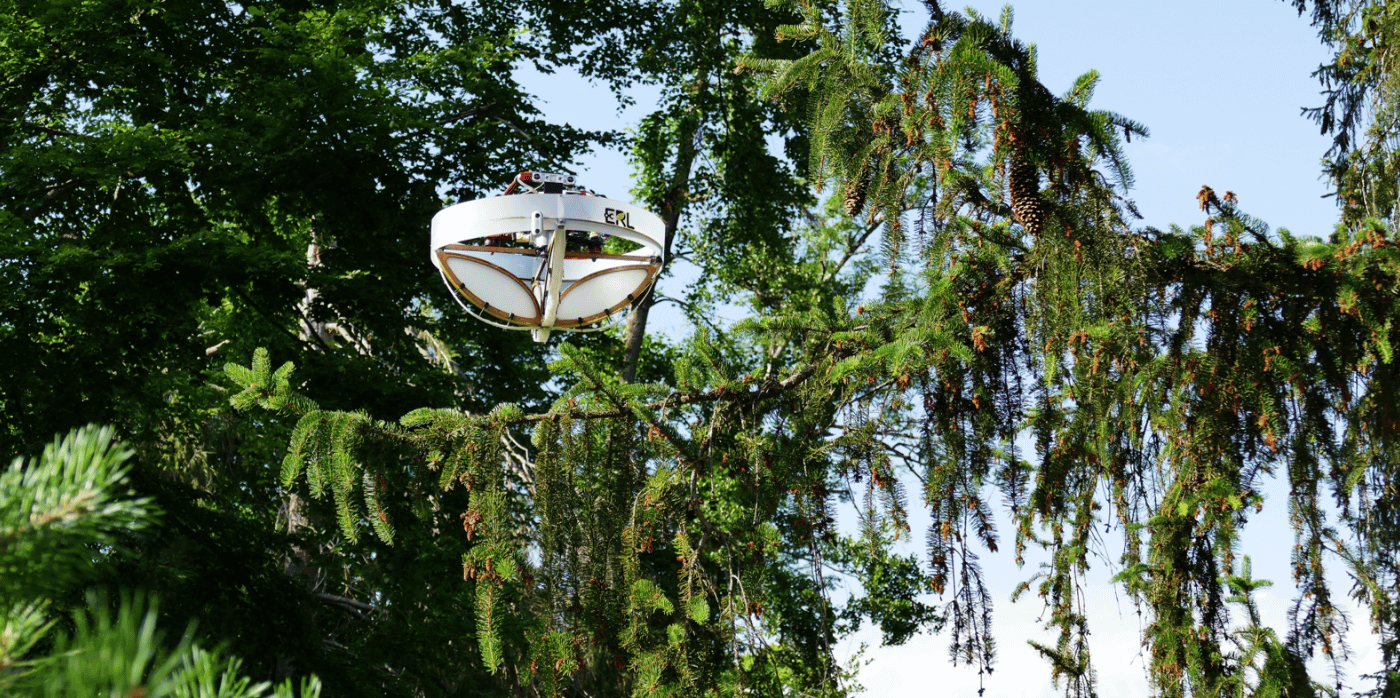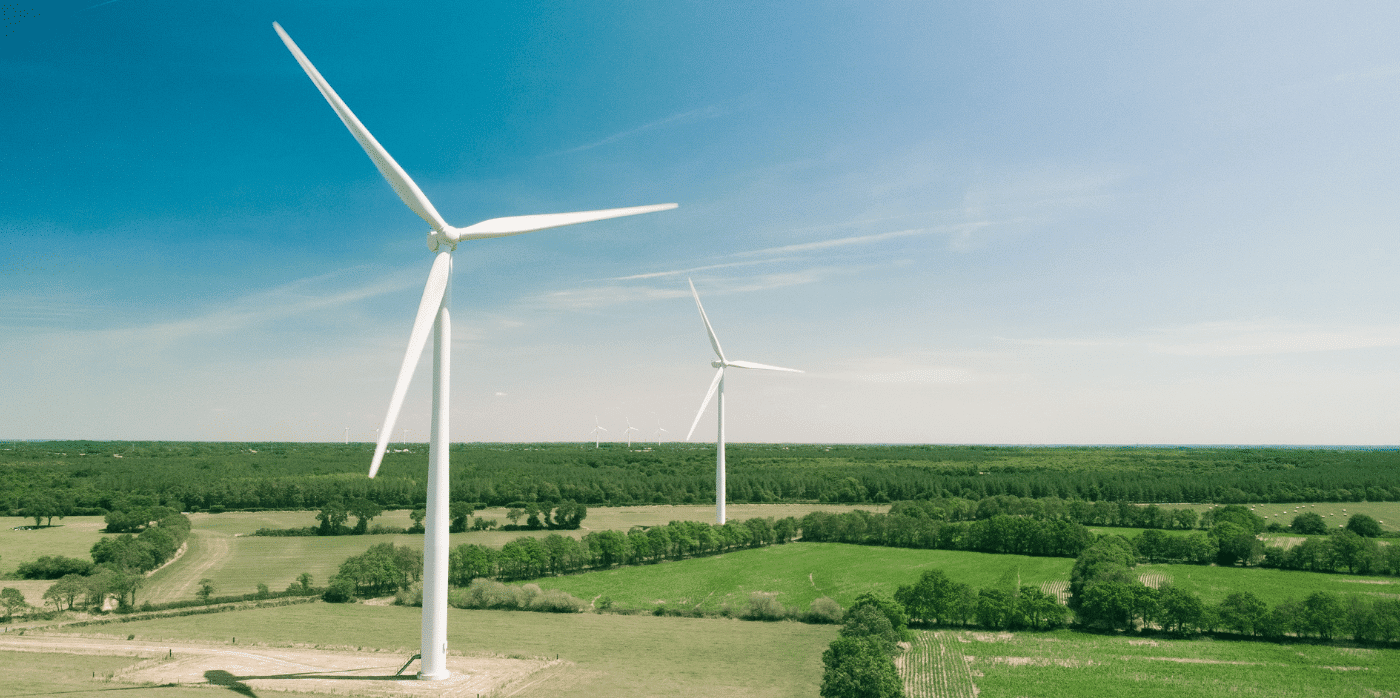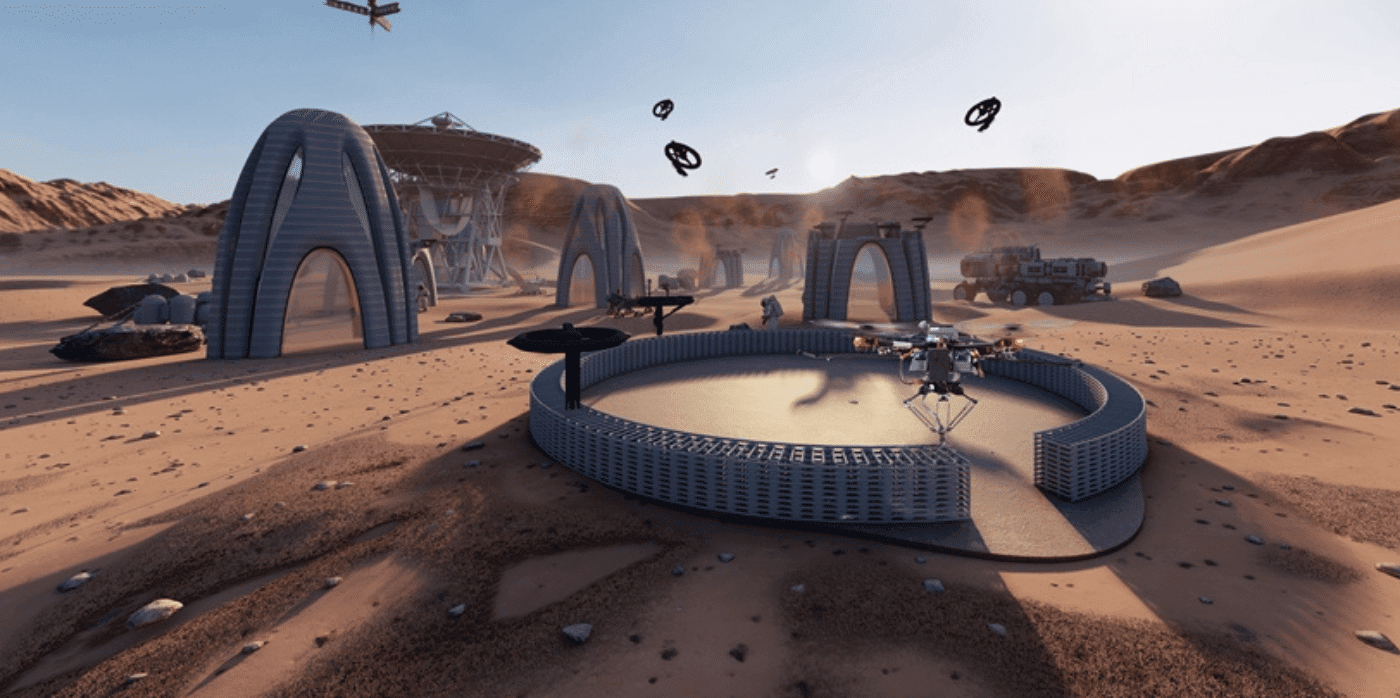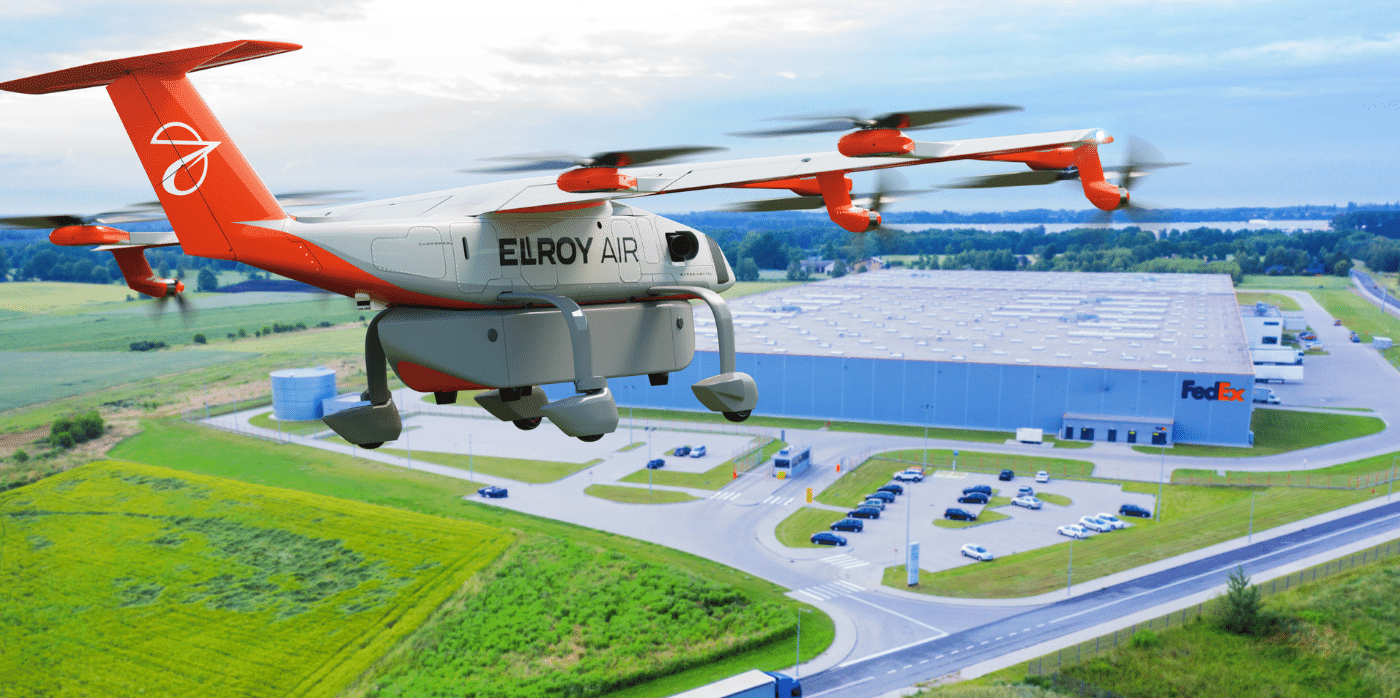Drones boost biodiversity at scale

Spotted: Today’s scientists are considering whether current levels of species loss constitute a sixth mass extinction event. But what we do know for sure is that we are facing a significant biodiversity crisis. As biodiversity declines, so too does the effectiveness of entire ecosystems. And this can cause significant harm to humans in the long run, damaging our food systems and increasing the chances of infectious diseases, among other issues.
Hoping to assist in the protection and rejuvenation of biodiversity around the world, Switzerland-based startup Inverto has developed an innovative drone-based system. The startup combines hardware and software technologies to create innovative and custom solutions to support climate restoration and agriculture. Using the drones, Inverto can sample soils, select and monitor sites, and release seeds for reforestation.
So far, Inverto has mainly focused its efforts on mangroves, as these are efficient carbon sinks and biodiversity hotspots. In December 2022, the company partnered with Delta Blue Carbon to plant 350,000 hectares of mangrove forest along the Indus River in Pakistan. And, as well as replanting mangroves, Inverto can also use its drone technologies to release beneficial insects.
Inverto is still a relatively new venture, having only been founded in 2022, but has received attention from various investors and accelerators. For example, in May this year, it received a €200,000 grant from the European Space Agency Business Incubation Centre in Switzerland to help it make use of space technologies.
The natural biodiversity that exists on our planet is precious and fortunately, innovators are working hard to protect it. In the archive, Springwise has also spotted the use of artificial intelligence (AI) to monitor biodiversity on farmland and a startup that puts a financial value on biodiversity to incentivise more companies to protect it.
Written By: Amanda Simms

